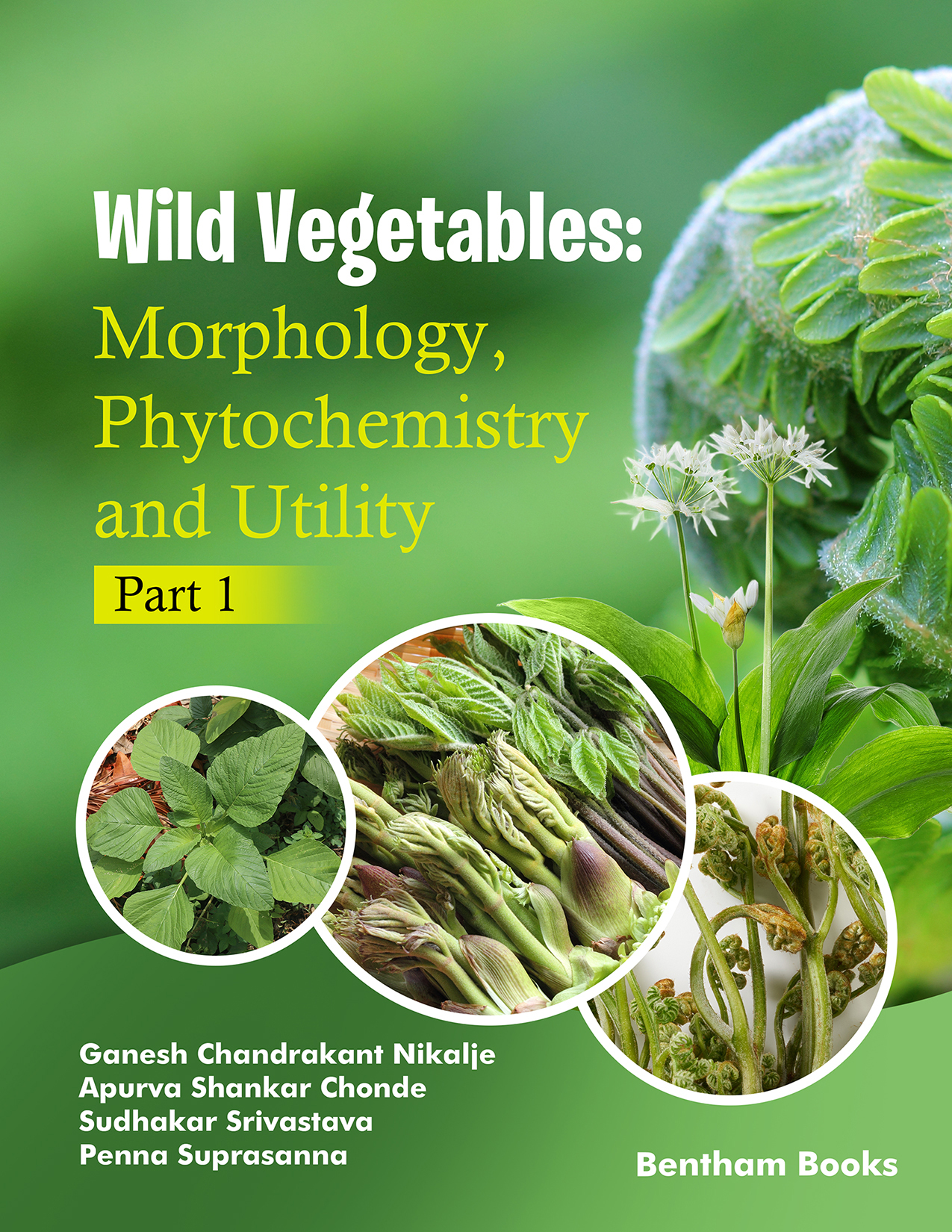Introduction
This handbook presents a detailed exploration of wild edible plants, focusing on their botanical characteristics, phytochemical composition, medicinal value, and culinary applications. Centered on the rich biodiversity of the Western Ghats in India, the book documents around 120 species of wild vegetables, many of which have traditionally supported local diets and healthcare practices.
Organized into chapters by plant family, each entry provides information on plant morphology, edible parts, phytochemical constituents, traditional uses, and medicinal relevance. The book aims to highlight the importance of these underutilized plant resources at a time when globalization has narrowed dietary diversity, leading to the decline in consumption and awareness of traditional species.
Key Features:
- -Provides detailed documentation of the morphology, phytochemistry, and uses of approximately 120 wild vegetable species, organized alphabetically by plant family.
- -Focuses on plant resources native to the Western Ghats of India, a recognized biodiversity hotspot.
- -Provides ethnobotanical details, culinary notes, and medicinal applications for each species.
- -Includes a detailed list of references for researchers
- -This part covers 23 families, from Acanthaceae to Euphorbiaceae.
This multidisciplinary resource is intended for botanists, ethnobotanists, agricultural scientists, nutritionists, and students, as well as readers interested in plant-based nutrition, indigenous knowledge systems, and sustainable food sources. It offers both academic insights and practical information, supporting efforts to conserve, study, and reintegrate wild vegetables into contemporary food and healthcare practices.
Readership
botanists, ethnobotanists, agricultural scientists, nutritionists, and students; readers interested in indigenous plants.

